#embroidery history
Text
Here's another book recommendation for those interested in the cultural history of embroidery.
10 notes
·
View notes
Text



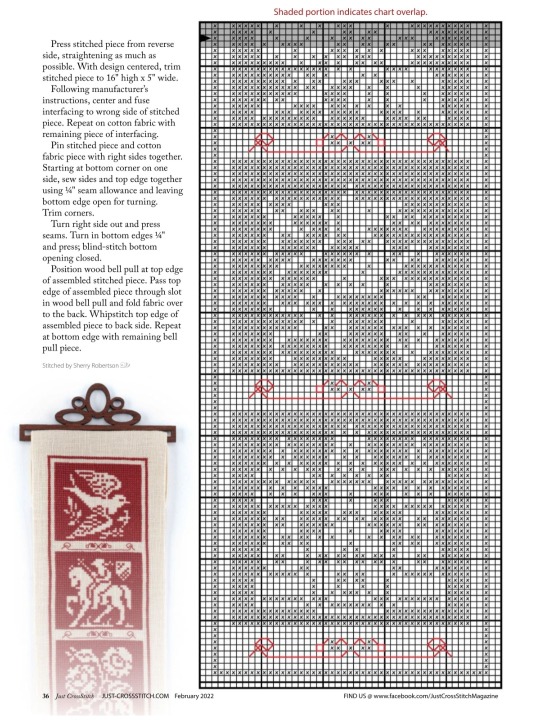
10 notes
·
View notes
Text
A SUPPORTING CAST OF GRIFFINS
Friend Craig posted a memory last week, and re-shared a chart he adapted from one of the Siebmacher modelbooks – from the 1611 edition.
It got me to thinking. Those heraldic style charted bands appear over many years, and in several iterations. It might be fun to see how they assorted over time. So I went hunting. I combed through my notes, the Internet Archive’s collection of modelbook images,…
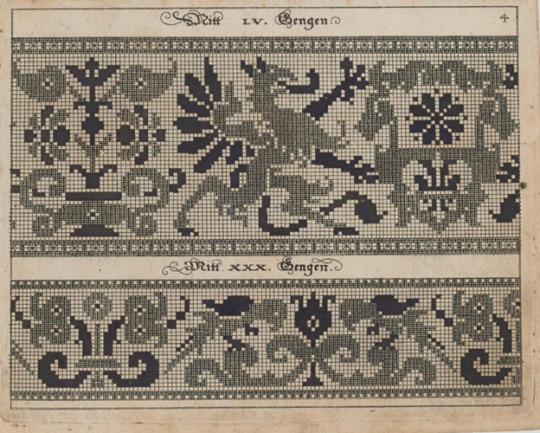
View On WordPress
0 notes
Text
A SUPPORTING CAST OF GRIFFINS
Friend Craig posted a memory last week, and re-shared a chart he adapted from one of the Siebmacher modelbooks – from the 1611 edition.
It got me to thinking. Those heraldic style charted bands appear over many years, and in several iterations. It might be fun to see how they assorted over time. So I went hunting. I combed through my notes, the Internet Archive’s collection of modelbook images,…

View On WordPress
1 note
·
View note
Text
Embroidery by Kathrin Marchenko
#art#artist#artblr#embroidery#fallen angel#the fallen angel#baroque art#baroque#renaissance#renaissance art#dark academia#light academia#classic academia#classical art#art history#museum#aesthetic#artists#artists on tumblr#art community#art gallery#art blog#historical art
4K notes
·
View notes
Text
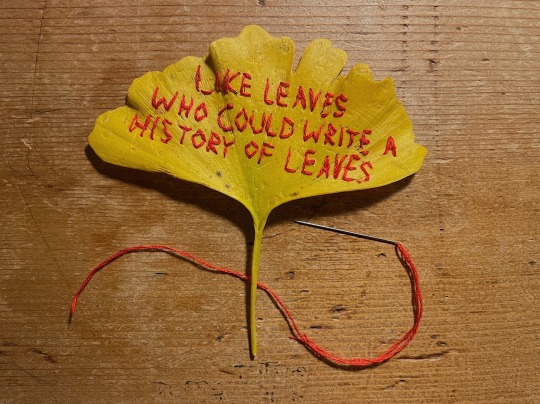
The wind blows their ghosts to the ground
line (loosely a translation of iliad 6.146-9) from memorial by alice oswald, embroidered onto a ginkgo leaf i found on the ground
#desk lamp lighting because it is dark and i Would take a photo tomorrow but i am Sure it will shrivel overnight#and it's in red for iliad book 3 reasons :-)#oh embroidery as somewhere in between the ideas of historical memory as presence and historical memory as a series of puncture wounds#we're really in it now!!!!!!#like leaves who could write a history of leaves#trees instead of gravestones#embroidery#alice oswald#iliad#beeps
4K notes
·
View notes
Photo

Dressing Gown
1878-1879
United States
Peabody Essex Museum (Object Number: 133939)
#dressing gown#fashion history#historical fashion#1870s#gilded age#bustle era#1878#1879#19th century#united states#green#wool#silk#embroidery#floral#peabody essex museum#popular
8K notes
·
View notes
Text
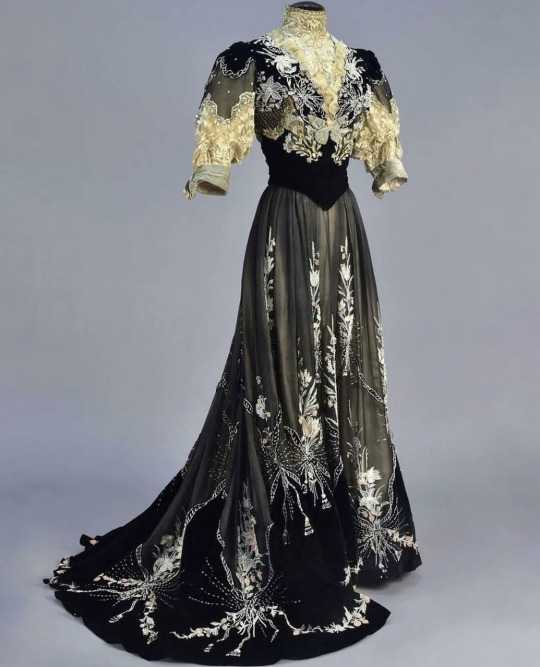

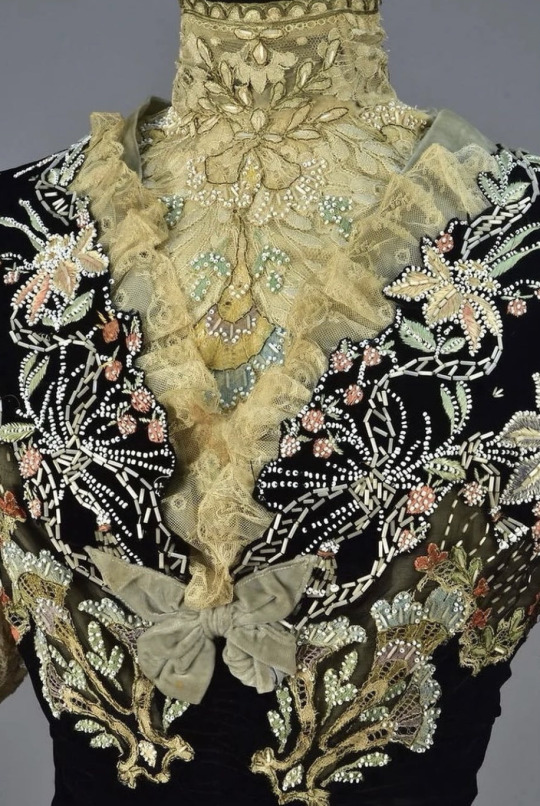
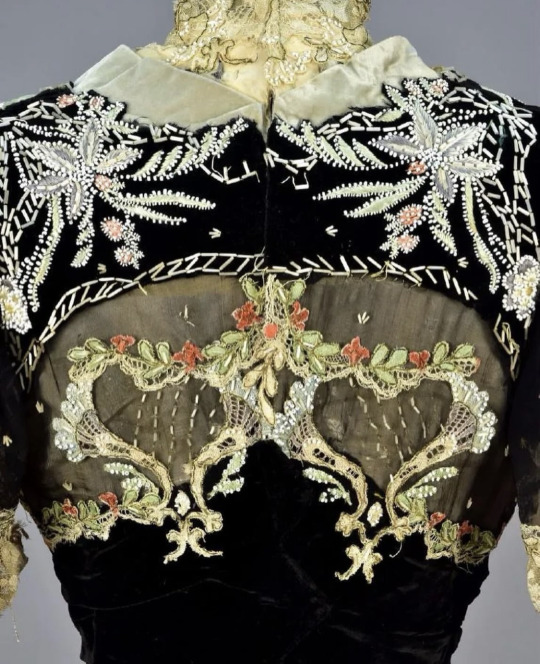
embroidered and beaded gown
c. 1907
Gustave Beer
Whitaker Auction
#edwardian gown#edwardian era#Edwardian#edwardian fashion#edwardian dress#1900s fashion#1907#historical fashion#fashion history#fashion detail#embroidery#history of fashion#dress history#couture#fashion#vintage couture#frostedmagnolias
1K notes
·
View notes
Text
I watched the new episodes of Bridgerton, and while I enjoyed them a lot more than I expected to (PENELOPE!!!), I was really, really annoyed with the scene where Eloise suffers through other ladies at a ball listing embroidery stitches.
(@marzipanandminutiae - you did a post on that stupid Edith-Ann fake sampler, didn't you? I went looking for it but couldn't find it. If you can get me the link, I'll add to the blog post!)
694 notes
·
View notes
Text

Spanning Seven Centuries, ‘Judging a Book by its Cover’ Celebrates an Enduring Art
920 notes
·
View notes
Link
A book recommendation for your list for Santa. :)
8 notes
·
View notes
Text
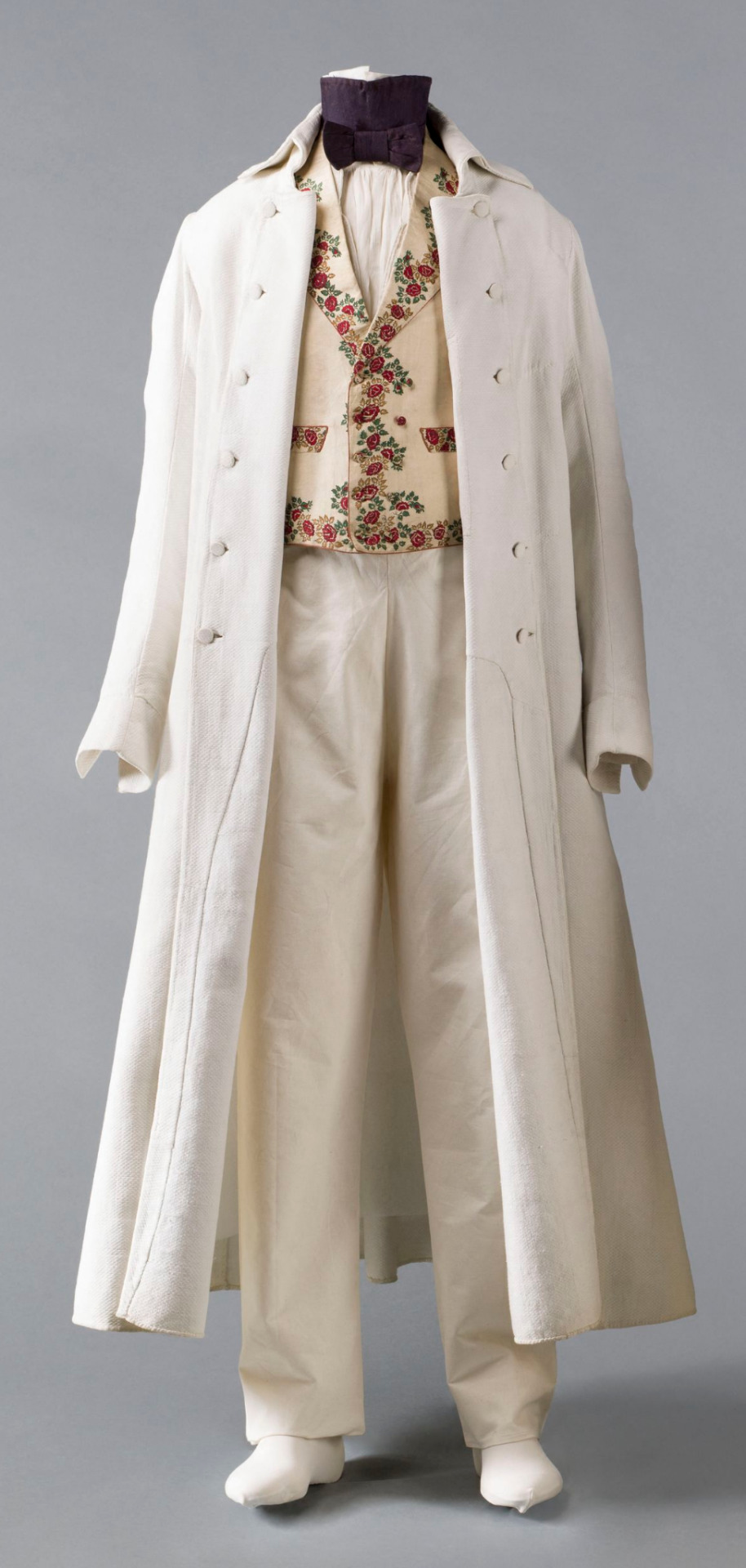

Redingote c. 1815-1825 in piqué de coton (Paris Musées).
Description and machine translation:
Redingote longue et croisée en piqué de coton blanc, col droit rabattu, 2 poches à revers boutonnés derrière et une poche intérieure gauche, fermé par 12 boutons, 2 petits boutons aux manches.
Long, double-breasted frock coat in white cotton piqué, straight turn-down collar, 2 buttoned cuffed pockets behind and one left inside pocket, closed with 12 buttons, 2 small buttons on the sleeves.
The Dictionary of Fashion History by Valerie Cumming describes piqué as a textile from the 19th century and later, "Usually a cotton fabric, woven with a raised rib, often in a diamond pattern, also in straight horizontal or vertical ribs."
#1810s#1820s#fashion history#dress history#regency#bourbon restoration#historical men's fashion#redingote#embroidery#francophones with an interest in fashion history feel free to offer corrections#why nothing about the waistcoat?#textiles#extant
588 notes
·
View notes
Text
THE UNSTITCHED COIF EXHIBIT
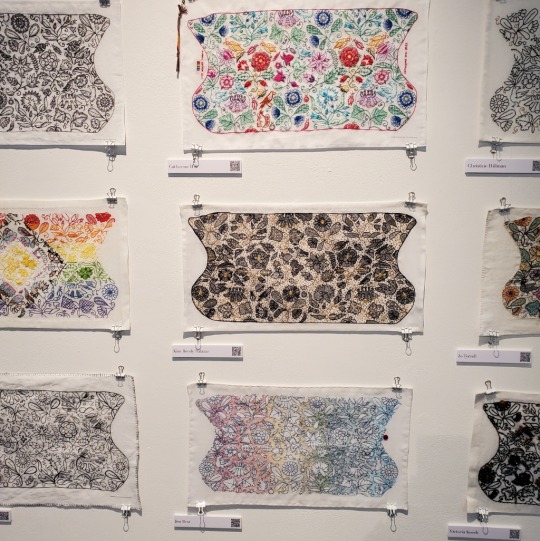
View On WordPress
1 note
·
View note
Text
THE UNSTITCHED COIF EXHIBIT

View On WordPress
0 notes
Text
Medieval Europeans regarded embroidery as an art, much as we today consider painting. It was considered a female task, and even chambermaids were expected to be competent in it. Yet it was a coveted line of work, as one early Irish law tract stated that "the woman who embroiders earns more profit even than queens." Embroiderers could find employment with professional clothing makers or in tapestry workshops.
By the thirteenth century, given that embroidery was held in high esteem and could bring in money, the field contained plenty of men as well. In England, over time women come up less frequently on the lists of embroiderers than men and more often in conjunction with a husband, even when their work was exceptional. In May 1317 "Rose, the wife of John de Bureford, citizen and merchant of London," sold "an embroidered cope for the choir" to the French queen Isabella (ca. 1295-1358), who gave it as a gift "to the Lord High Pontiff." Rose was clearly a very skilled artist, since she was commissioned by the queen, but was not skilled enough to be named as an artist in her own right. We don't know how many other working embroiderers were subsumed into their husbands' workshops with even their first names lost to us. Once a field became truly profitable, men nudged women out of it. It was all well and good to let ladies have fun with a needle and thread. But if there was cash to be made, men suddenly showed up front and center and excluded women from the role.
-Eleanor Janega, The Once and Future Sex: Going Medieval on Women’s Roles in Society
#eleanor janega#womens history#art history#embroidery#the more things change the more they stay the same#medieval history#men menning
1K notes
·
View notes
Text
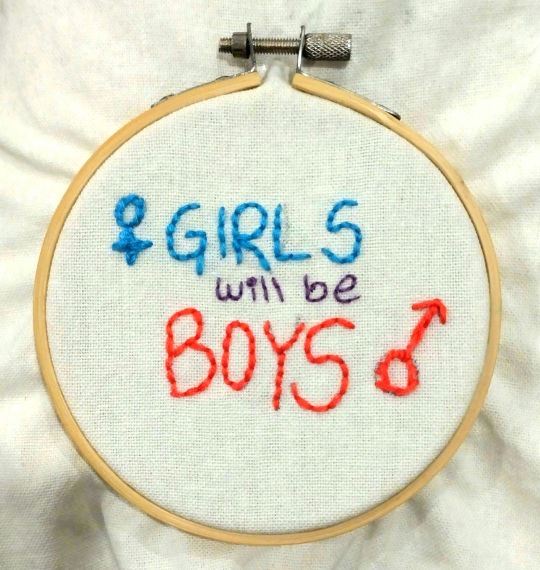
transgender embroidery hours
#m.#i actually recently found a book on the history on men & embroidery + how queer men have been involved in embroidery as a tool of resistanc#very excited to read it
783 notes
·
View notes